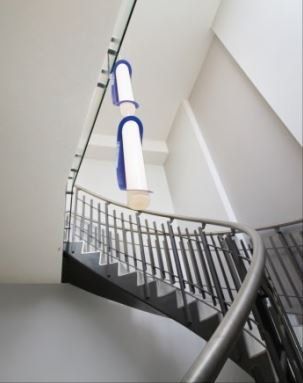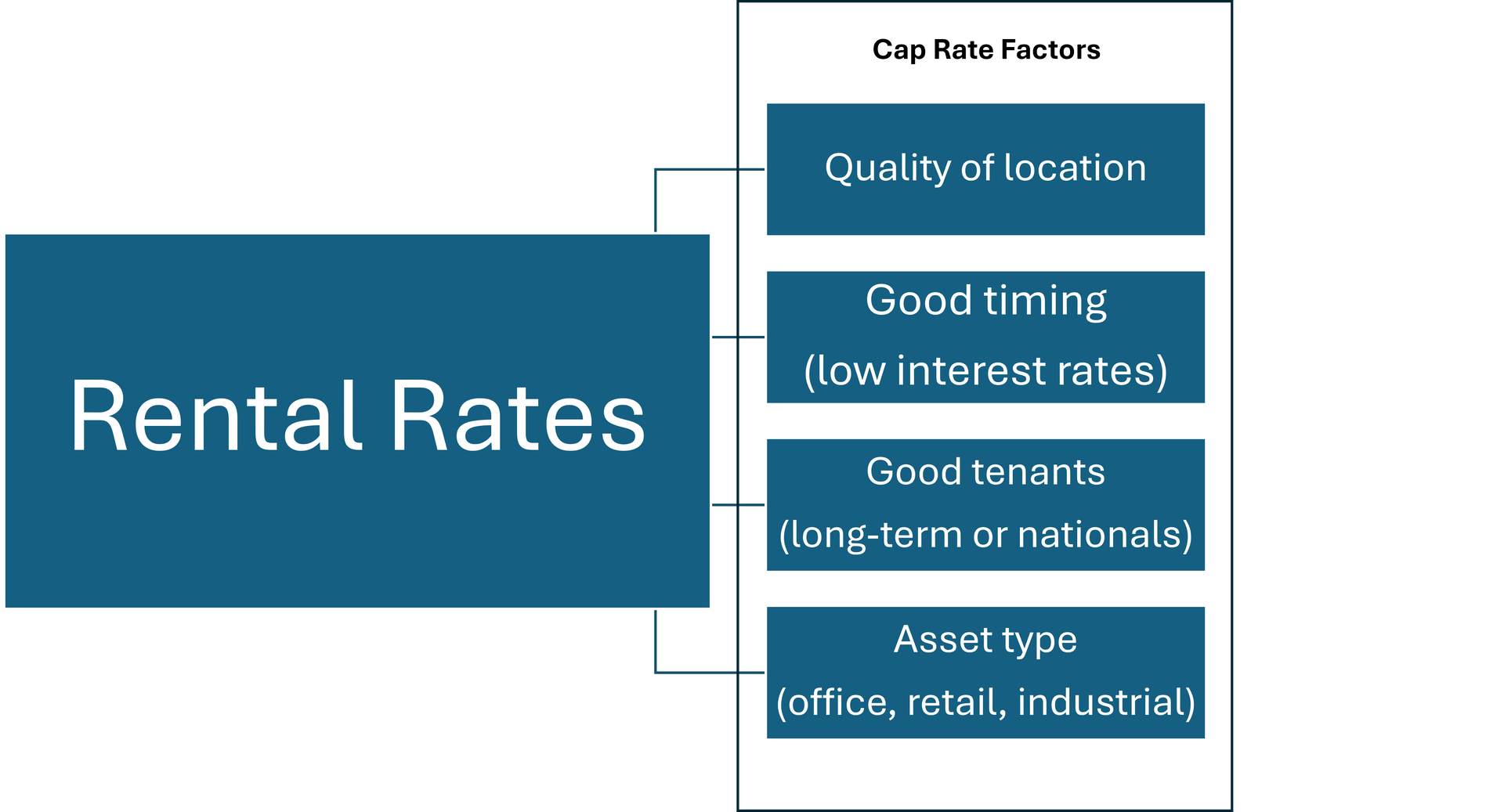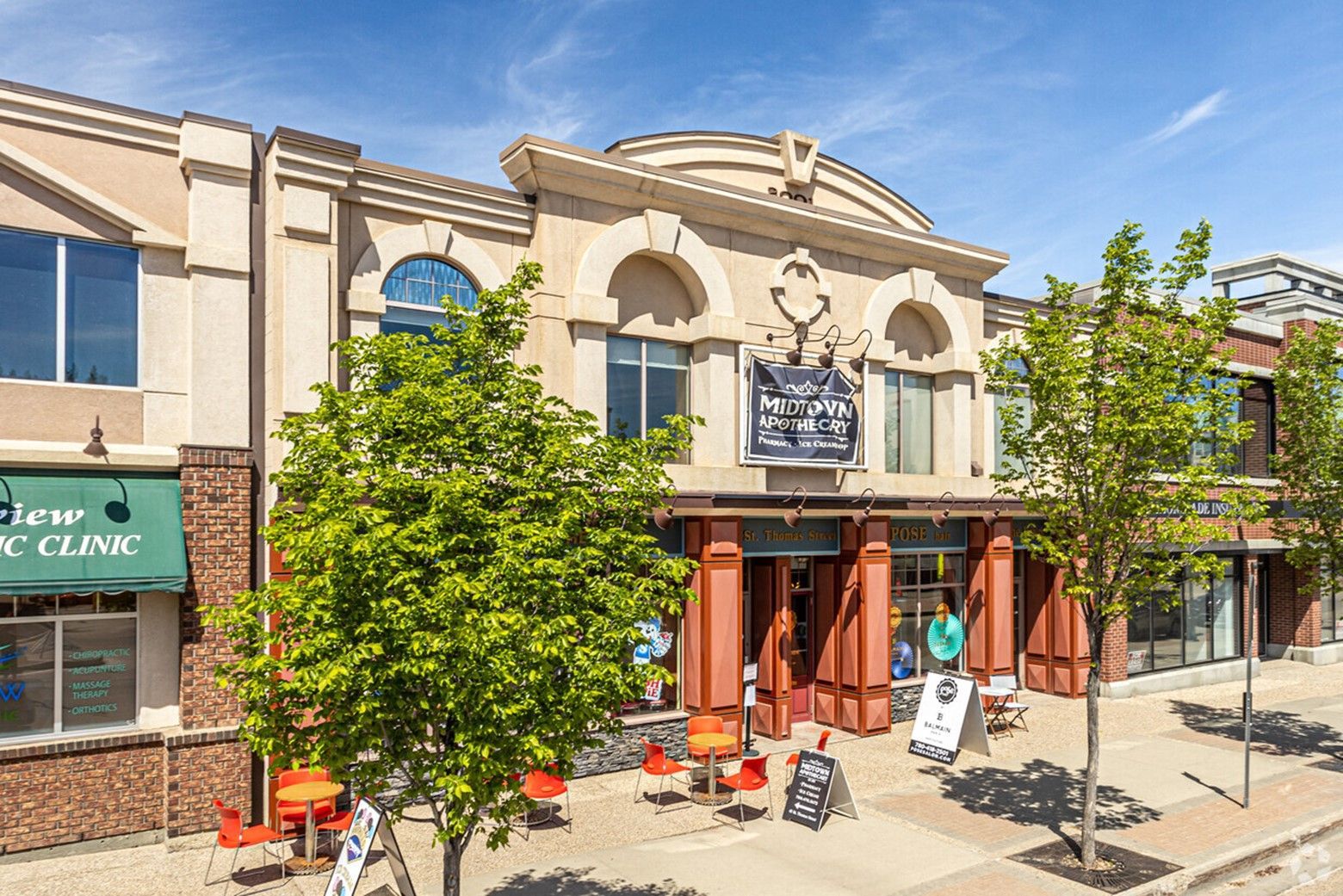Case Study - Diamond in the Rough
How we created upside in a distressed retail site

Case Study – Diamond in the Rough - 3-minute read
I was recently hired to list a retail property for lease by an inexperienced landlord, in a tough area in the city. This area in the city struggles with crime, and the City had substantial construction planned in the area for an undetermined period of time which would drastically impact access to the site.
In our initial meeting after touring the property, I asked him what he was hoping to get for the property. He hoped to net $10 - $12 for this property but was open to virtually any deal. This property had been vacant for a couple of years before we were hired to take this on, so he was feeling the vacancy. He was in the property for around $700,000, and a $10 lease rate would support his value on cap rate – so this was a reasonable ask.
We took on the listing, but after about a week of investigation, I called the landlord, told him I thought I could get more for the property, and suggested a new asking lease rate of $18 net. He told me to do what I thought was best, so we increased the asking rent and marketed this to a very specific tenant that was underrepresented in the area.
After one month on the market, we had three offers on the property. We picked one of these groups, and signed them at $18/sqft with escalations applying over term. The landlord had to put in about $100,000 of incentives to make this deal a reality, so he was now in the property for around $800,000.
This new net lease rate, calculated at the same cap rate as above, gave the property a valuation of $1,270,000, so the landlord enjoyed a lift of over $450,000 of his investment, in addition to a strong lease payment coming in every month. This allowed the landlord to refinance the property and pull out his initial capital investment, allowing him to pursue other deals.
The key to this deal was identifying the highest and best use for the property, marketing aggressively into this tenant group, securing multiple offers to improve negotiating leverage, and finally putting the deal together.
Real estate services, like legal or accounting services, are expensive, but they are nowhere near as expensive as the DIY approach taken by some owners. The landlord would have left almost half a million dollars of value on the table if he had secured a tenant at the reasonable rates he had initially expected.











